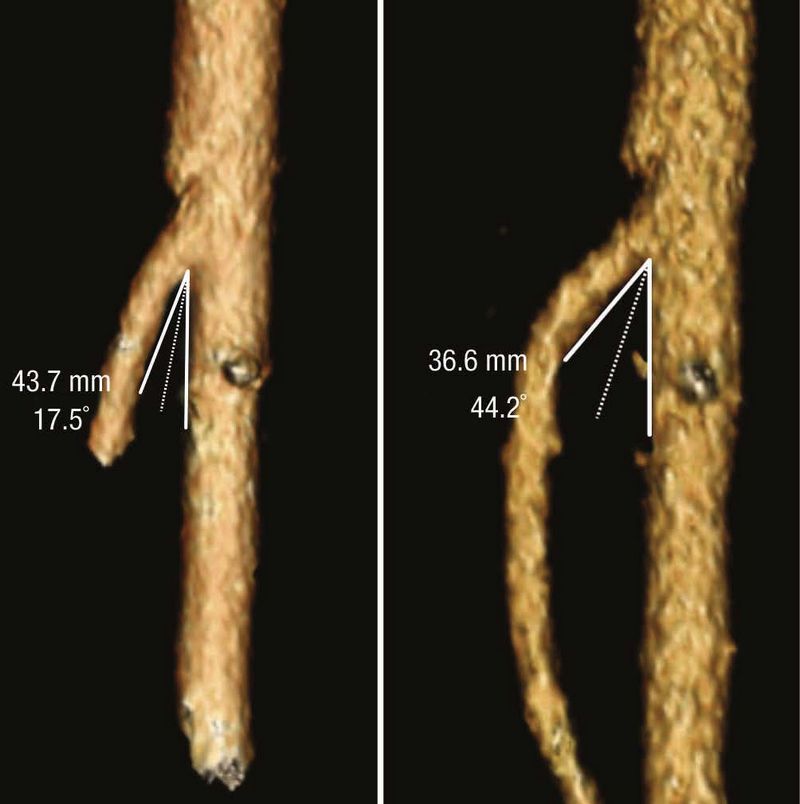
Wilkie Syndrome vs. MALS: Comparing and Contrasting.
Wilkie syndrome and MALS (Median Arcuate Ligament Syndrome) are two rare but distinct conditions that affect the gastrointestinal system. While both conditions involve compression of the duodenum, they have different causes and symptoms, making it important to differentiate between the two.
Wilkie syndrome, also known as superior mesenteric artery syndrome, occurs when the third part of the duodenum is compressed between the superior mesenteric artery and the abdominal aorta. This compression can lead to Mals Syndrome Symptoms, including severe abdominal pain after eating, nausea, vomiting, and unintentional weight loss.
MALS, on the other hand, is caused by the compression of the celiac artery, which supplies blood to the abdominal organs, including the stomach, liver, and spleen. This compression can result in similar symptoms to Wilkie syndrome, such as abdominal pain, nausea, and vomiting, but can also cause additional symptoms like postprandial diarrhea and poor appetite.
While both Wilkie syndrome and Median Arcuate Ligament Syndrome involve compression of vital blood vessels and can lead to similar gastrointestinal symptoms, their key differences lie in the specific arteries affected and the underlying causes of compression. Understanding these differences is crucial for accurate diagnosis and appropriate treatment of these rare but debilitating syndromes.






